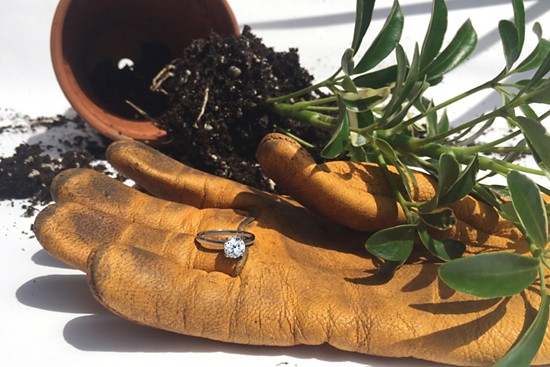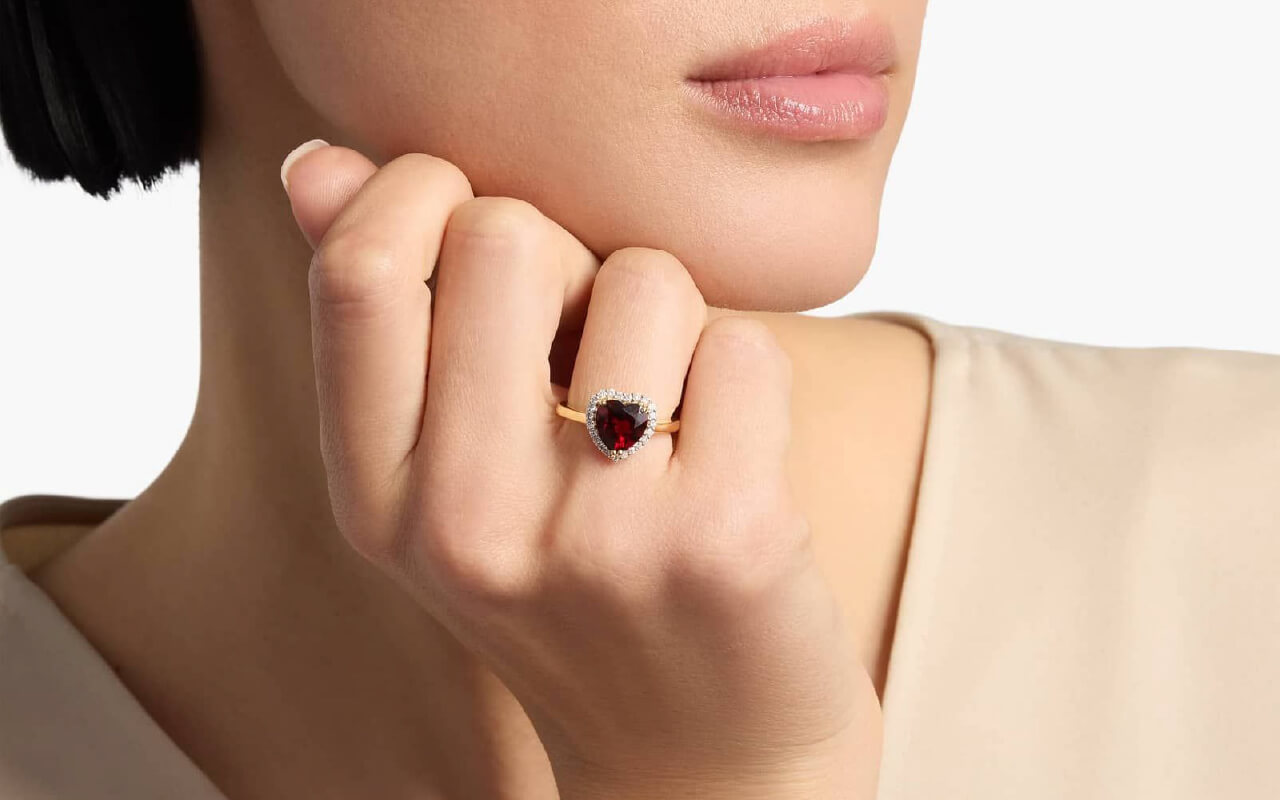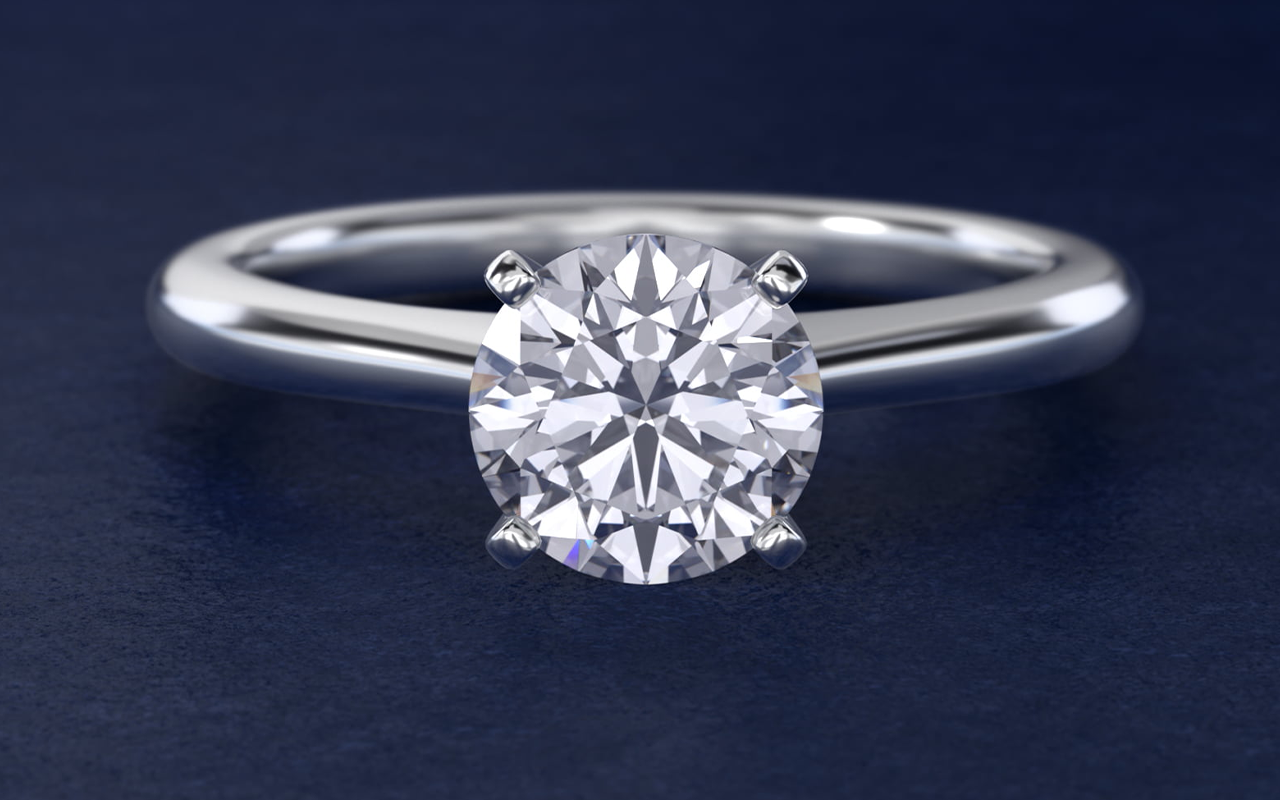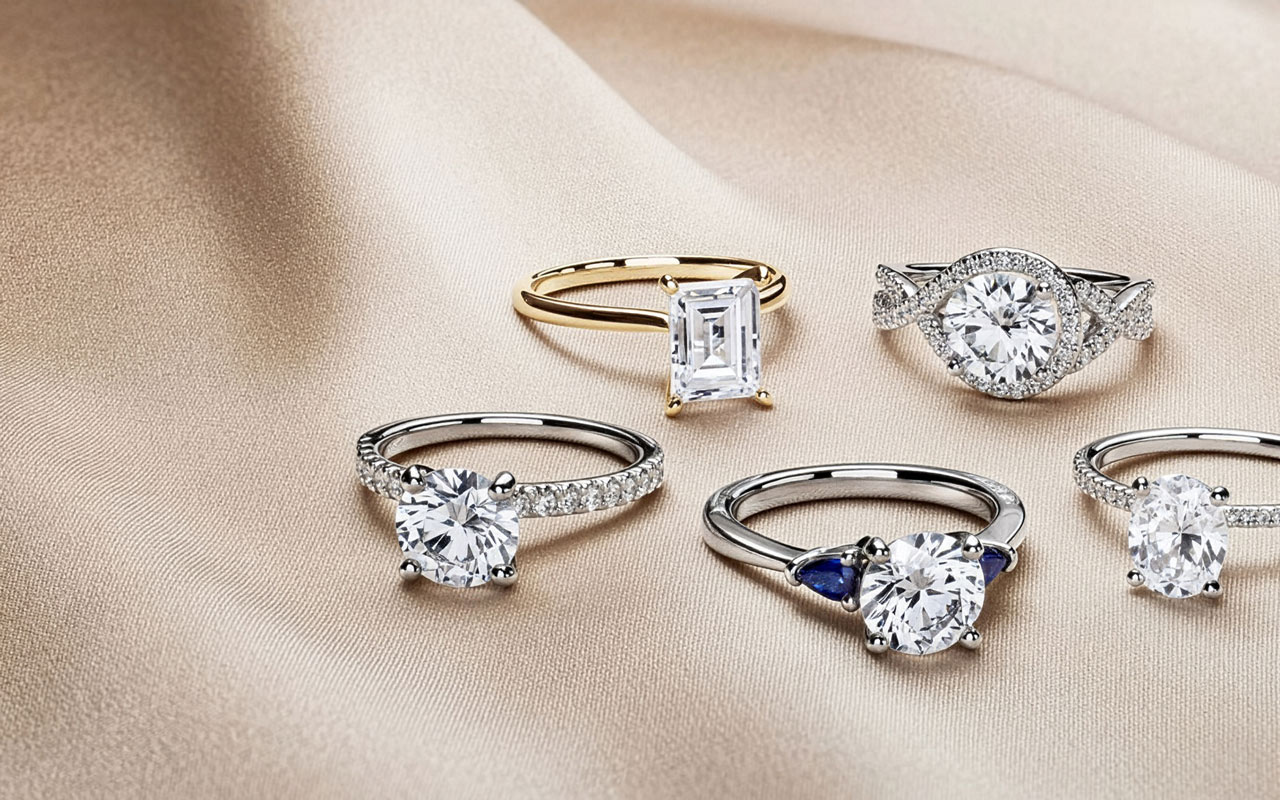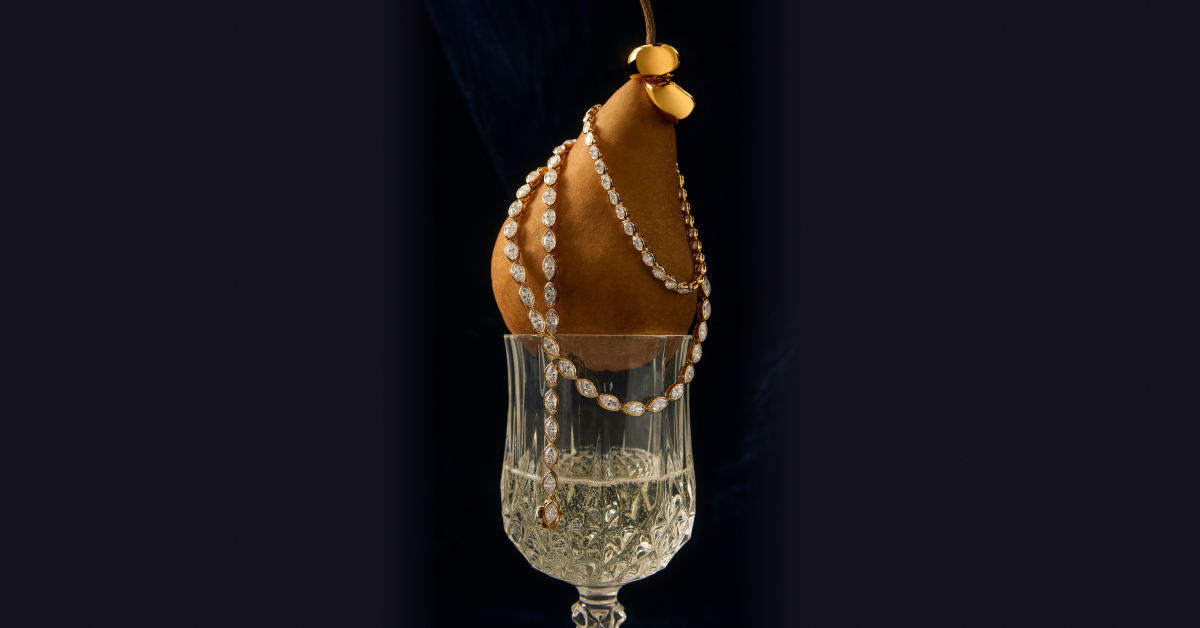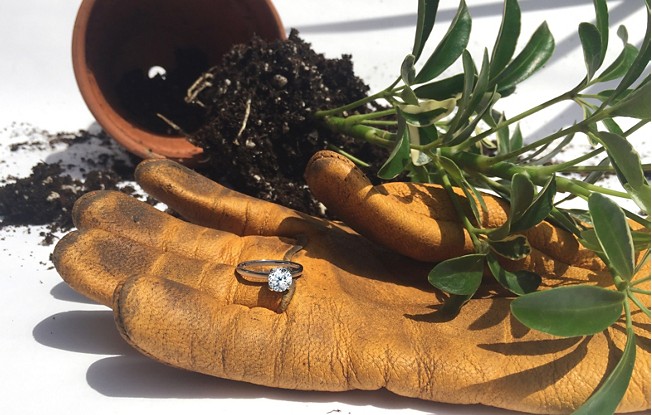
Diamonds may come from the rough, but they should be handled with care. Here’s all you need to know about when to take your engagement ring off.
Beyond regular cleanings, taking off your engagement ring when going about certain daily tasks is part of proper diamond ring care. Perhaps you’ve wondered: Can I wear it in the shower? What about while I’m sleeping? What is the best way to clean a diamond ring?
We’re glad you asked! We know there’s nothing you want more than to wear your engagement ring with pride every hour of every day, but for your ring’s sake, don’t. Here’s a list of 10 things you should never do while wearing your engagement ring or wedding set.
1. Sleeping
There are many reasons why you might want to retire your ring to your bedside table at night. For one thing, while you’re catching ZZZs, your ring can get caught in your hair or bedding, loosening the setting. Certain sleep positions can put pressure and body weight on your ring, which can also work to slowly reshape the setting or loosen the stones.
It may be an especially good idea to temporarily part with your sparkle while sleeping if your ring consists of stones that are on the softer side of the Mohs scale (making them more fragile), or if you experience discomfort from nighttime swelling and the resulting ring tightness.
2. Working Out & Playing Sports
If your ring is vulnerable while sleeping, then you definitely shouldn’t wear it while playing contact sports (or sports like tennis, baseball or golf) or while doing exercises that involve handling or lifting weights—especially if you’re wearing a pavé engagement ring. Free weights can scratch, chip or loosen stones. Also, sweat may react with metal and cause an allergic reaction. Even the most hypoallergenic jewelry can be a no-go at the gym.
When you’re hitting the gym, going for a run or working out at home, it’s best to let your ring take a rest and leave it off your hand while you’re exercising. As a good rule of thumb, you shouldn’t wear your ring when you’re breaking a sweat.
3. Showering & Washing Your Hands
You’re not the only one to wonder, “can I shower with my engagement ring?” And we’re here to put the matter to rest once and for all with a big no, please, don’t. It’s just not worth the risk and the wear. Slippery skin means that your ring can suddenly conduct a dark, down-the-drain disappearing act, and soaps and exfoliating washes can dull and damage your diamond.
4. Swimming
We’ve heard one too many horror stories of diamond rings getting lost in the ocean to ever say it’s okay to wear it while enjoying a day at the beach. Swimming (in cold water especially) can cause your body temperature to drop and actually make your finger size shrink, meaning it’ll be way easier for your ring to wiggle its way off. Salt water is also a ring foe and can create a film.
The pool is also a no-go. Chlorine and other chemicals in pools will erode certain ring materials and metal alloys. For example, with white gold wedding rings, the rhodium will degrade in chlorine and turn it yellow.
Whether going to the beach or pool, just make sure you put your ring away at home first. Don’t make the mistake of setting it by a towel or in a beach bag. While one instance of dipping your ring into the waters likely won’t damage it, it’s best to be in the practice
of keeping the ring safe at home.
5. Operating Machinery
Many types of machinery can be damaging to jewelry and even dangerous depending on the equipment at hand. If you’re operating machinery as part of your job, as a hobby or any other situation, consider taking any rings and jewelry off to ensure optimal safety conditions.
This can even apply to equipment used in home-based hobbies. When in doubt, read the safety guidelines of the equipment you’re using for mentions of jewelry removal before getting started.
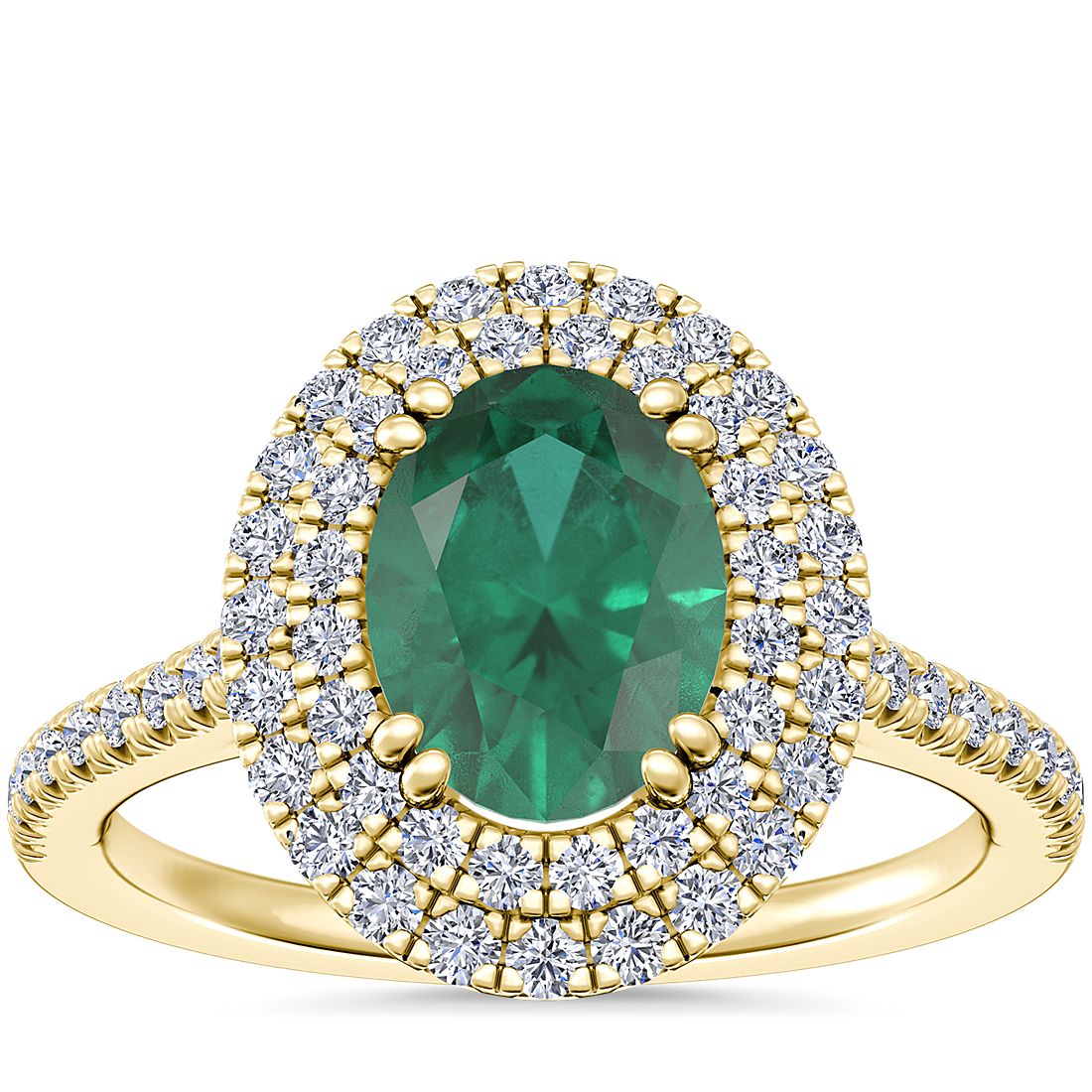
6. Cleaning & Yard Work
It’s highly recommended that you wear rubber gloves while handling cleaning products to protect your hands, so you definitely need to keep your ring safe from the abrasive, harsh chemicals found in common household cleaning agents. Bleach, for example, oxidizes metals. A mantra to remember: what makes your bathroom mirror shiny makes your diamond ring dull. The same goes for gardening, which requires a lot of activities that can put your ring
in harm’s (or dirt’s) way.
7. Applying Lotions & Other Beauty Products
One of the biggest culprits of diamond ring dullness is build-up caused by lotions, moisturizers, sunscreen, oils and other beauty products. Make it part of your beauty routine to safely store your ring when applying moisturizers and other beauty products. Don’t
put it back on until after you’re done doing your hair. Otherwise it can easily snag, which besides simply not feeling good, can work to loosen the setting. What’s more, certain gemstone engagement rings can be damaged by lotions or cosmetics.
8. Cooking and Preparing Food
This probably goes without saying, but it can be easy to forget: remove your ring before handling any kind of raw or ground meat. The last thing you want is for your brilliant symbol of eternal love to become bacteria ridden. Though you may routinely clean your ring,
it can harbor bacteria that can be transferred to or from the food you’re cooking. Sharp kitchen knives, hot ovens and stovetop stressors can also put your ring at risk, so it’s best to take off your ring when you’re in the kitchen.

9. Doing the Dishes
Sudsy dish detergent-filled water isn’t dangerous for your ring on its own, but combining this water with the act of washing dishes can result in your ring unintentionally slipping off. After all, you’re likely focused on scrubbing stubborn dishes and not your ring’s presence on your finger. This change in focus, combined with the slippery soapy water, can result in your ring slipping off and going down the drain. To keep your ring safe, make sure to remove it when you’re doing dishes.
10. Painting & Other Projects
As a general rule, home renovation projects are one of those “when not to wear your engagement ring” moments. The last thing you want is to give your ring an accidental makeover with specks of paint, or get it caught between a hammer and a hard place.
Quick Care & Storage Tips
Where are you supposed to keep your precious ring when you’re not wearing it? Any safe place, really. The most important thing is that you pick a spot for safe keeping and only ever leave it in that spot. Many people opt for special jewelry storage spaces such as ring dishes. The box your ring came in can also be a great spot for storing it regularly.
Ultimately, these are guidelines to help keep your ring as brilliant as when you first put it on. If and when you decide to take it off comes down to your own personal preference and comfort.
It’s important to know that it’s impossible to keep your treasure looking new without regular ring maintenance, no matter how much you take it off. Buildup blocks light interactions with the stone, so keep it at peak brilliance with a gentle (and safe!) cleaning routine every few weeks.
Possible Times to Take Off Your Wedding Ring or Engagement Ring
While the above 10 times to take off your wedding set are more rigid, there are some situations where you might want to take off your rings though it’s not necessarily a hard rule. Here are some occasions where removing your rings might be a good idea depending on the circumstance.
1. Pregnancy
Natural fluctuations in weight and swelling can affect how well your ring fits, but this doesn’t mean you should go and immediately get it resized. If you’re pregnant and your ring starts to become too snug for comfort, we recommend wearing it as a necklace — or figuring out some other alternative you’ll be happy with—until your body finds its new normal. Many people choose to just wear a wedding band, plain gold ring or simple silver ring during their pregnancy. Because fluctuations in ring size occur around pregnancy, we don’t recommend permanently resizing your ring until you’re sure that you’re at your more permanent ring size following delivery.
2. Travel
Travel can be incredibly exciting but there may be some extra considerations when it comes to your ring. If you’re traveling to a place where you’ll be doing lots of outdoor activities, you may want to leave your ring at home. Additionally, if you’re traveling to an area that may not be safe at every corner, such as a big city you’ve never visited before with safety-focused travel advisories, you may want to let your ring sit this trip out. When in doubt, leave your ring at home. Some people choose to buy a stand-in ring just to wear for travel, such as a white sapphire engagement ring.
3. In Cold Weather Without Extra Protection
Cold weather can make fingers smaller, which can result in your ring fitting more loosely. This doesn’t mean that you must leave your ring at home when it’s cold out, it just means extra steps should be taken. Consider adding more rings to your stack during the winter months or adding a ring guard to make things fit more snugly. If you’re wearing gloves, choose ones that will not get caught in the prongs of your ring. If you’re heading outside for some outdoor sports or even a snowball fight and you haven’t taken extra precautions to protect your ring, we suggest taking the ring off to avoid damaging or losing it.
FAQs About Removing Your Ring
Getting an engagement ring can be an exciting moment of celebration. You’ll likely want to keep your ring on all day and night, but as we’ve shared, it’s not best to keep your engagement or wedding rings on all the time. Now that we’ve discussed situations in which it’s likely best to remove your rings, there are other questions people have regarding when to take off an engagement ring

Should I take off my rings at night?
It’s best to take your rings off before you go to bed to ensure they’re not damaged while you’re sleeping. Ring prongs are especially susceptible to damage as they can get caught on bedding or even your own hair. This is why it’s best to take your rings off at night before you go to bed.
Are you supposed to wear your engagement ring all day?
Many people choose to wear their engagement rings, wedding bands or other jewelry all day. As long as you’re not wearing your ring in situations that can potentially damage it or result in losing the ring, it’s generally perfectly safe to wear your ring all day. Choose the frequency that’s most comfortable for you and your relationship.
Do you wear a wedding set 24/7?
No, wedding sets are typically not worn 24/7. They’re usually worn when you’re not engaging in activities that may damage the rings. Many people choose to wear their wedding set when they’re out of the house but keep it in a special place when they’re home. Ultimately, there are no exact rules on when you should wear your rings, it all depends on your preference.
Protecting Your Rings
When you do choose to wear your rings, jewelry insurance is a great way to provide extra protection to your favorite pieces. Though there are plenty of reasons to take off your ring, there are even more reasons to wear your engagement ring. Insurance lets you wear your ring without worry. We also offer jewelry cleaning services at many of our jewelry stores to help keep your Blue Nile pieces at their very best.

